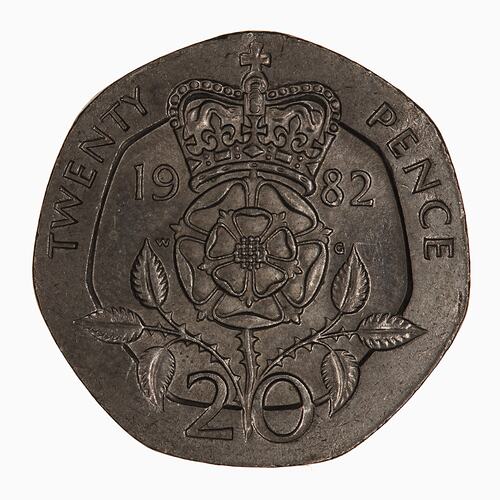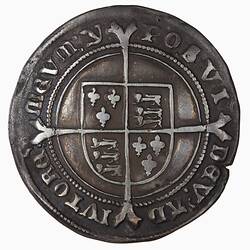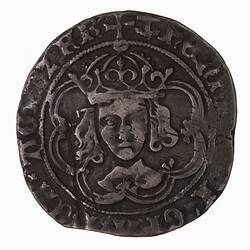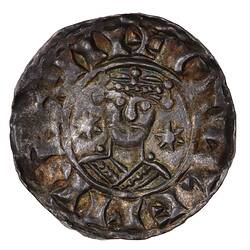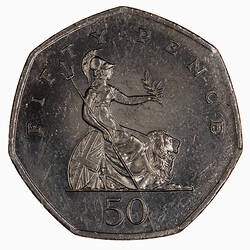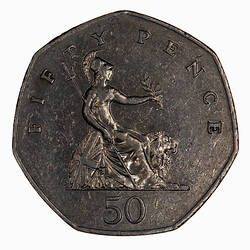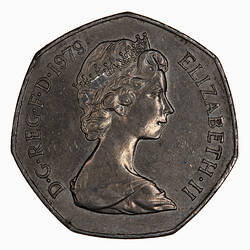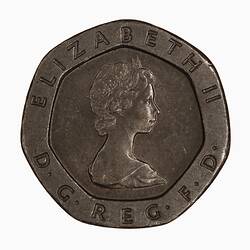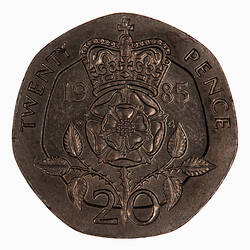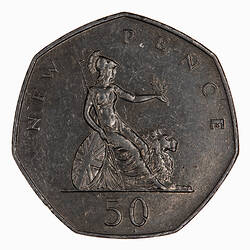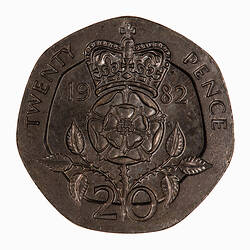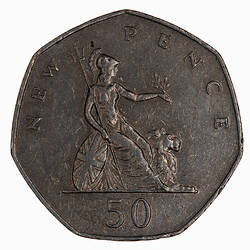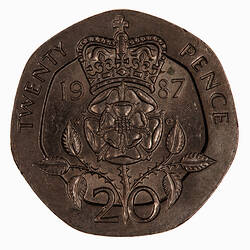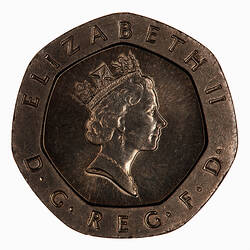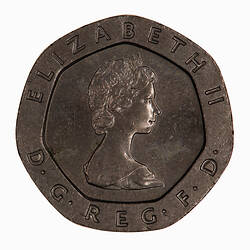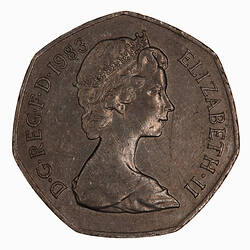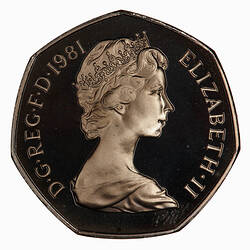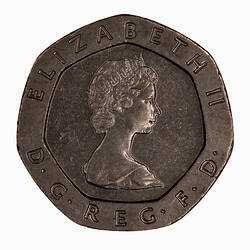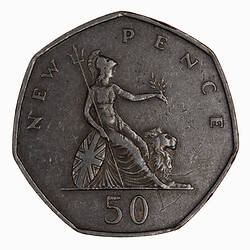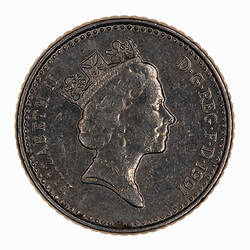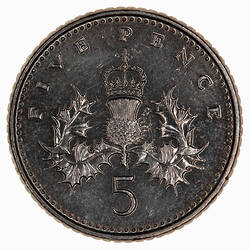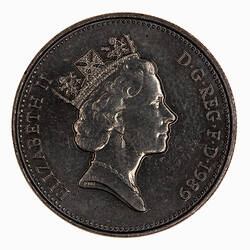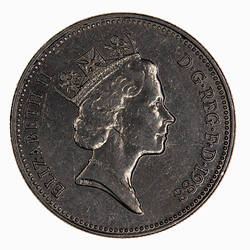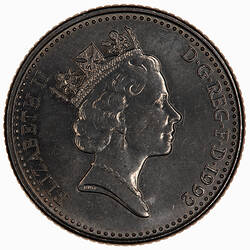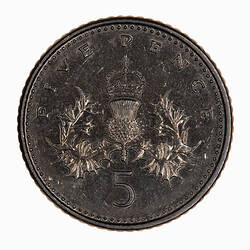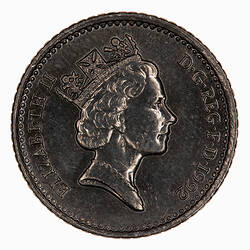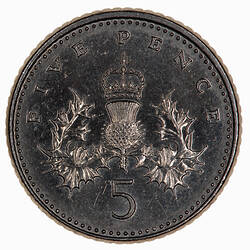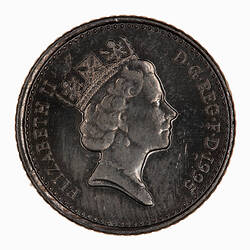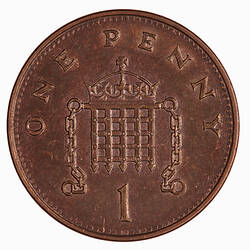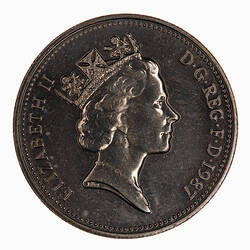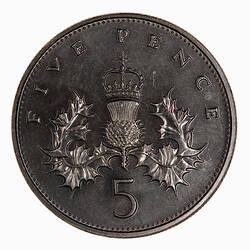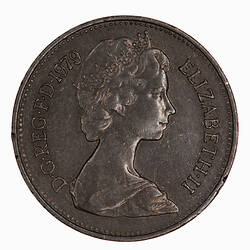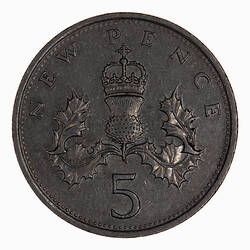The Halsbury Committee Inquiry into decimal currency recognised that the coinage needs of such a move were beyond the capacity of the Tower Hill mint. Constrained by government policy to move industry out of London a new mint site was found at Llantrisant, a town north-west of Cardiff in Wales. The Decimal Currency Act received Royal Assent on 14 July 1967.
Although key staff of the Tower Hill mint would be transferred to Wales it was necessary for large numbers of people to be recruited and trained in Wales. While the new mint was being built a training factory was set up at Bridgend. There some of the machines, including coining presses, for the mint were set up and a start was made in striking the new decimal coins. The Bridgend training factory operated for most of 1969, its staff then moving into the new Llantrisant mint.
To meet the need for decimal coins both the Tower Hill and Llantrisant mints operated into 1971, most 5, 10 and 50 New Pence coins being struck in London while the bronze denominations were the work of Wales. In 1971 the manufacture of master tools and dies moved to Wales.
References
The Royal Mint, An Outline History, London 1977
Dyer, G.P. Royal Sovereign 1489-1989, Royal Mint Publications, London 1989
Cooper, Denis R. The Art and Craft of Coinmaking, Spink & Sons, London, 1988
Annual Reports of the Royal Mint
Challis, C. E., A New History of The Royal Mint, Cambridge University Press, 1992 http://www.royalmint.com/Corporate/History/TheRoyalMint/llantrisant.aspx
More Information
-
Keywords
-
Authors
-
Article types
